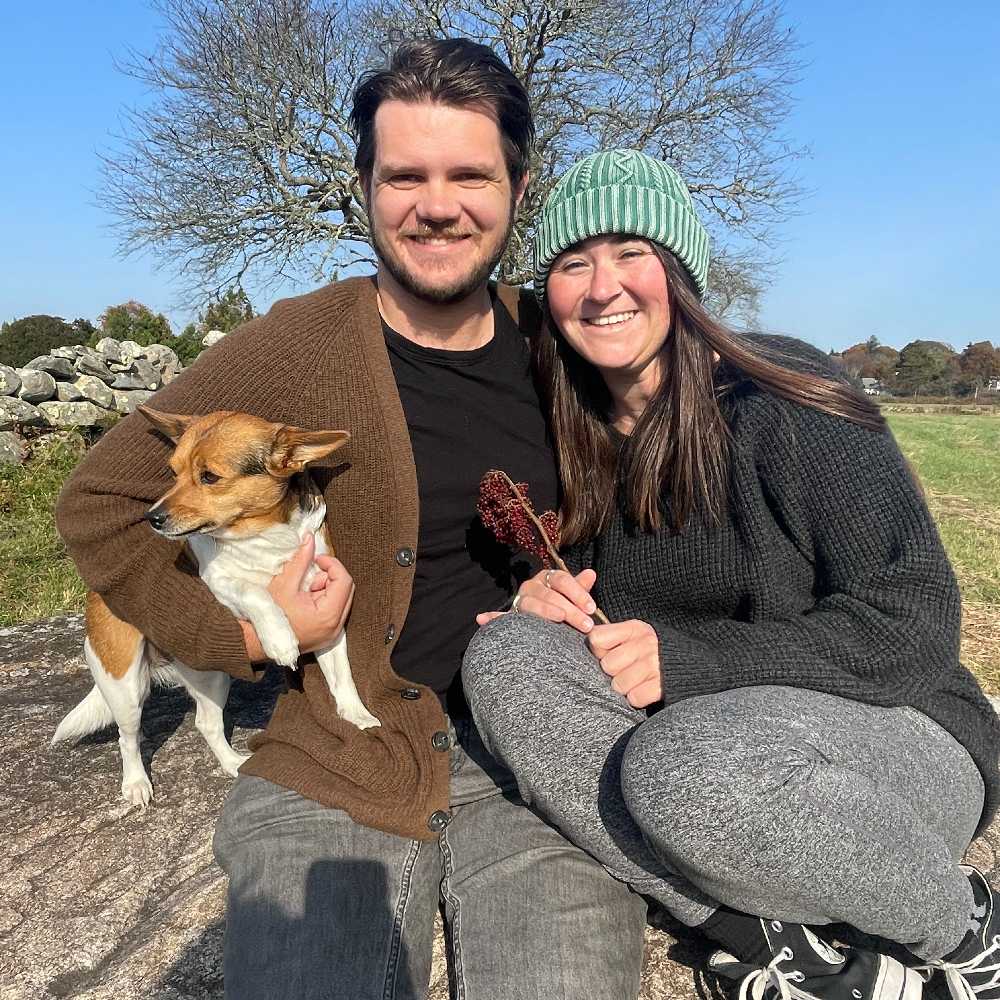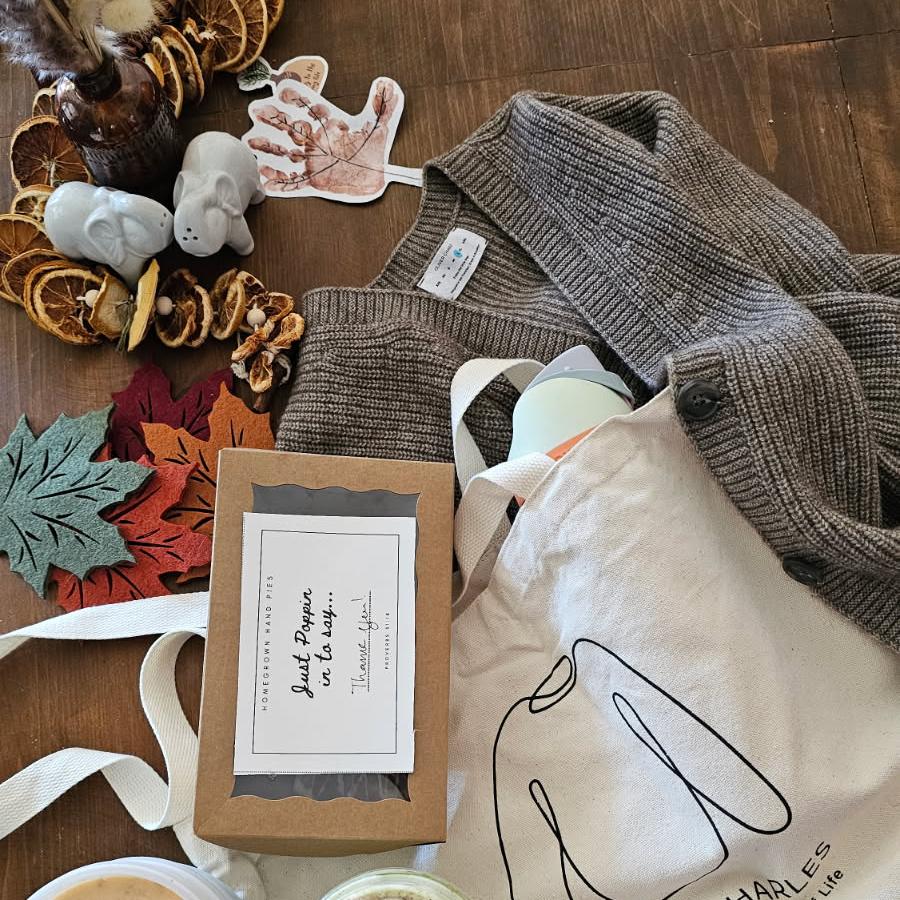3D-Knitting For A Sustainable Future
3D-knitting's emergence and other sustainable technologies within the fashion industry.
October 7, 2021
By Emma Chiles
The Clothes We Wear And Why They Matter
Introducing a 4-part blog series about how consumers, producers, and technology advancements can reduce the environmental impact that fast fashion produces.
- Don’t Be An Outfit Tracker
- Fast Fashion And Its Downfall
- 3D-Knitting for a Sustainable Future
- 1 Sweater For Any Wardrobe Capsule
----------
Sustainability has been greatly tied to the development of new technologies, and it is no exception for the fashion industry. As the fashion world is becoming more aware of its malpractice, there has become a greater demand for technological advancements.
These advancements range from trend tracking, to on-demand and product management, to the ways consumers shop.
It was exciting for me to do research on technology's role in sustainable fashion as there is so much to learn about what is in store for the future.
I imagine in the next few years the way we interact with our clothing, as well as online shopping, is going to greatly differ from how we view it today.
Here, I will be discussing how does 3D-knitting can help with rapid prototyping, process new and sustainable fabrics, and offer tailored shopping experiences through AR/VR software .

How Sustainable Is Fast Fashion?
Since the boom of garment mass production, there has been little room for personalization.
Clothing became more of a one-size-fits-all item instead of clothing that is specifically tailored to the customer.
For example, companies like Brandy Melville have been scrutinized for their single size product design.
In middle school and high school I would always buy these cheap, on-trend clothes that could not keep up with the active lifestyle of a teenager.
They would get holes a few times after wearing them and then would soon be tossed out.
As I grew, physically and style preference-wise, my clothes didn’t grow with me.
The mass production of clothing does not create meaningful space for individuality in terms of sizing and expression.
Most companies are creating clothes in the same style to keep up with trends, thus influencing what so many people wear.
Due to the outrageous amount of clothes produced and the seemingly impossible low price, it’s easier for people to discard cheap pieces of clothing rather than returning them.
In my experience, there is a certain amount of guilt that comes with that. Now, we need to create clothing that can have a circular lifecycle.
What Is 3D-Knitting?
Oliver Charles is a great example of how emerging technology can help create a sustainable future.
“3D-knitting takes a digital design and turns it into a piece of clothing. In its simplest form, you download a pattern from the internet and size it digitally to fit the person it is intended for. You then feed the machine with the yarn and let it get on with its job.”
It has been shown that through 3D-knitting, fabric waste is reduced by about 35%.
3D-knitting is ideal for rapid prototyping and creating the perfect fit.
By simply inputting the digital design of the product, 3d-knitting machines seamlessly create a piece of clothing based on the specifications from the tech pack (“a document containing all the technical information about your product”).
With this technology, clothing can be designed to your personal preferences. Do you want the arms longer but the torso shorter? Maybe you want a v-neck instead of a crew neck.
Luckily, brands like OC are switching to an on-demand form of production. Instead of purchasing in bulk, they are able to produce sweaters as the orders come in.
The hope is that instead of having standard sizes that don't match everyone's fit, there can be many sizes to accommodate for all.
With the flexibility of the 3D-design process, you should be able to get the best fitting clothes out there.
I'm someone who has a deep connection with my favorite pieces of clothing and knowing that it was tailored specifically to me has made that connection even deeper.
VR And AR In The Fashion Industry
Now that we are living in technologically advanced world, we are starting to see how much we can integrate it into our everyday lives.
I know, I know, it’s a lot to keep up with. At age 22 I would think I have a good grasp on the varying forms of technology, but I can admit, I am not as proficient as I would hope to be.
However, I am incredibly excited to see how our shopping experiences will change in the future due to new VR softwares.
The goal of it is to provide customers with an interactive shopping experience from home. People will be able to virtually try on outfits as well as provide measurements to make sure it’s the right fit.
By using your device whether it’s a phone, laptop, or tablet, the outfit will be able to move in real time giving you a similar experience to snapchat filters.
Although this sort of technology has yet to be released, I see a bright future with VR software within the online fashion realm.
Evrnu provides a product that makes an integrated supply system possible #circulareconomy #sustainability #textiles pic.twitter.com/yFilPjJvhu
— Evrnu® (@futureofapparel) May 19, 2016
Sustainable Clothes That Close A Loop
It's crutial to figure out how we can turn the fashion industry into a circular economy.
It’s great that companies are playing a role in improving the production aspect of clothing manufacturing. However, we need to look at what happens to these garments after they reach consumers.
This is what Evrnu aims to target. “Evrnu is the inventor and intellectual property owner of a wide range of regenerative fiber technologies, which enable entirely new products to be made from discarded clothing, not just once but multiple times."
This kind of technology has the potential to create a lasting impact on how we deal with post consumer waste.
Still, this part of the industry is greatly left to consumers to do the right thing and recycle their clothing. Of course you can donate your garments, do trades with friends, or give them to your younger siblings as long as they don’t end up in the landfill!
It’s a lot of information to take in. There is so much innovation in the tech world, and it can feel impossible to keep up.
That being said, I can’t wait to see what it has to offer!
I’m not asking you to do research into how every piece of clothing you want to buy is produced. I do however hope that it’s something you think about...
And hey, if you made it this far, you’ve already taken a big step in the right direction!
Emma Chiles is pursuing a career in sustainable and ethical fashion. Her goal is to lessen the environmental impacts that the fast fashion industry has on the environment through consumer and brand awareness.
If you believe that every good wardrobe starts with owning less and owning better, consider buying yourself an OLIVER CHARLES sweater.
Shop NowA Perfect Fall Day In My 100% Yak Wool Cardigan
The sweater’s pockets were perfect for storing dog treats on my walk, making me new furry friends.
Read more7 Day Challenge: One Yak Wool Vest Simplified My Entire Week
An honest review of the Cardigan Vest from a busy and pregnant toddler mom.
Read more5 Adventure Challenge: Rediscovering Style In Simplicity
Trying out my new sustainable sweater for 5 adventures.
Read more



